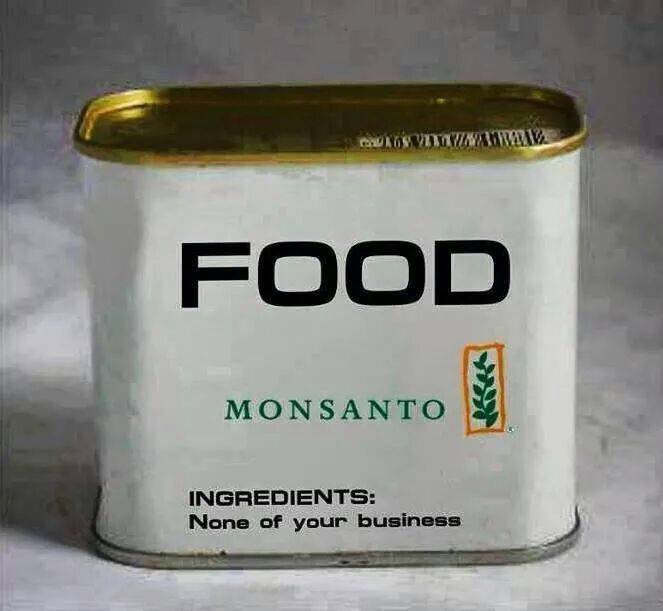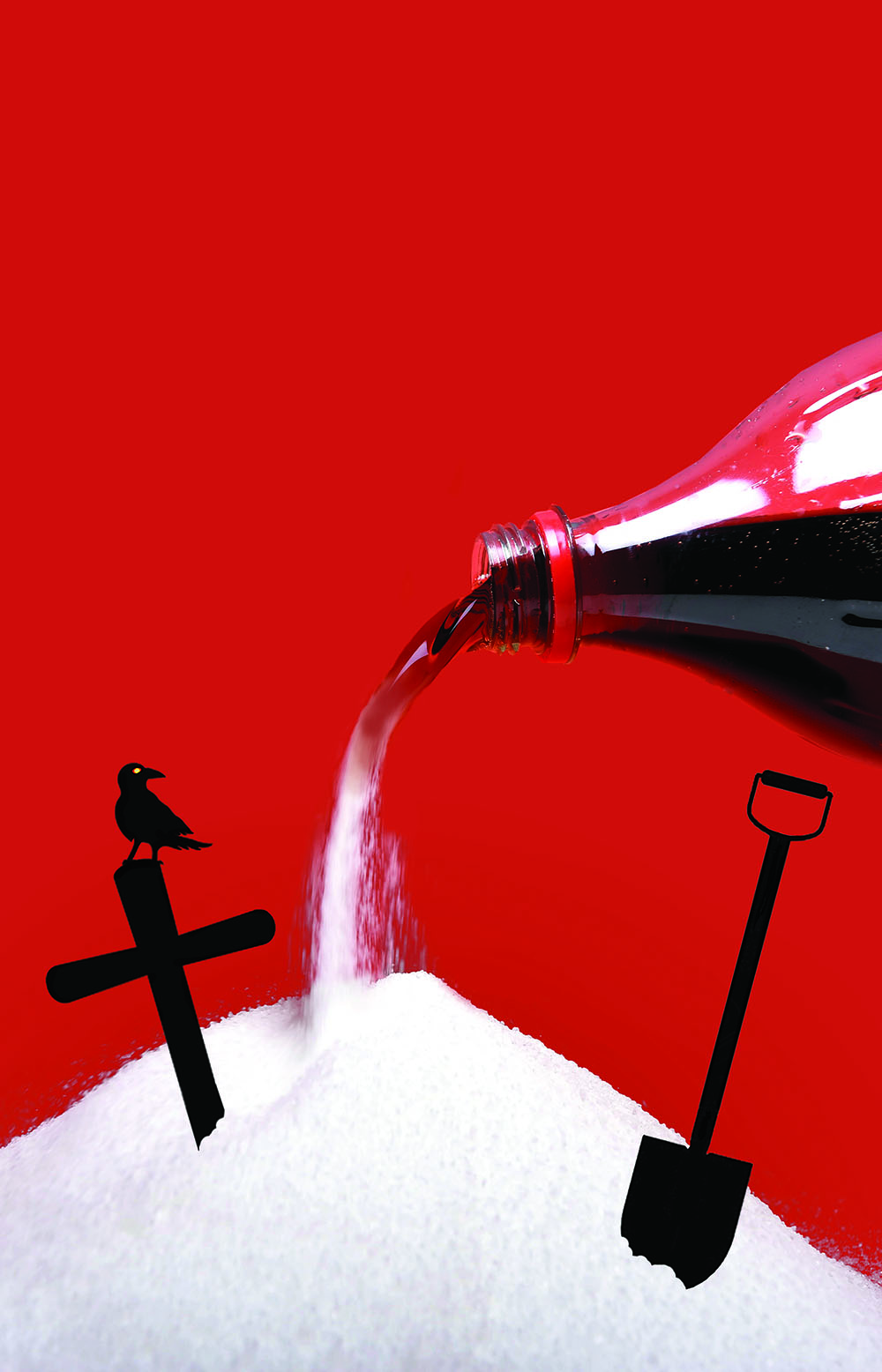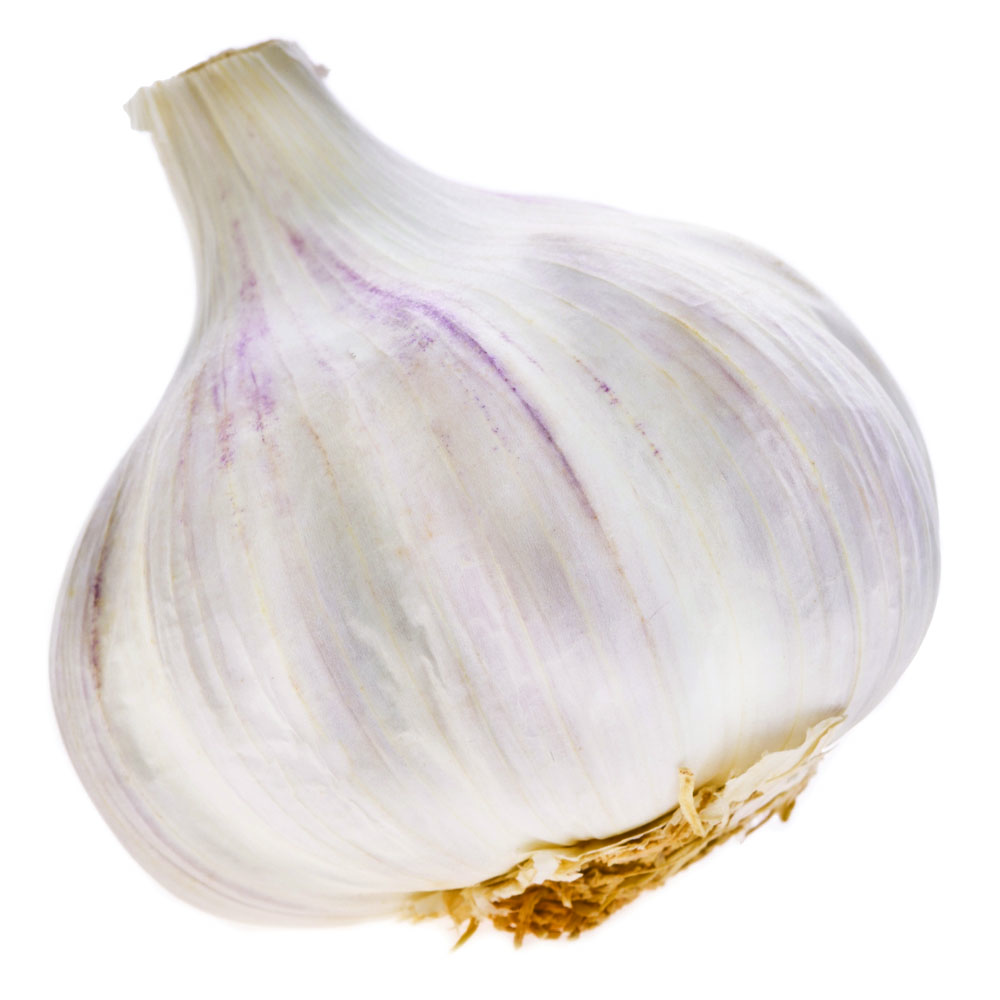Reproduced with permission of Liam Scheff:
I’m researching and talking about diet and nutrition this week (something I haven’t done publicly much, because I don’t worry very much about what other people eat). But, when the Sally Fallon group and Primal rage diet folks began attacking “deadly” soy and “poisonous” grains, I had to chime in. And it’s been an…exciting week. (We even got it on radio)
I’ve challenged the Weston Price and Paleo choirs this week, and met a few barking dogmatists who deride soy and beans, or all grains, or fiber, or vegetarians, who insist that we should all eat suet and lard or bacon regularly, and some who even want to grate brains and kidneys into your food. (They would claim to be offended by this broad stroke, (they’re very good at being quickly offended) but I can cite them in chapter and verse on all of these topics.)
I have also met quite a few who have graduated from their ranks, and no longer follow ‘in extremis’ these dictates and edicts; they’ve loosened their grips on any particular dogma. They’re listening to their bodies, open to the differences, and like all of us, finding their own way.
What the dogmatists offer is a panacea: “If you eat this way, everything will be healed; and, “This is the ‘truth,’ the true path! Hallelujah.” This is a rather utopian claim, rather religious, not very ‘dietetic.’ History has a good laugh at our attempts at building utopias.
Something is missing from their equation; but not just theirs. It is, I think, missing all over the Western world. It is this understanding: Food is more than calories; it is energy. You can’t eat beef and kidney and suet on a very regular basis without gaining a degree of excess. If you’ve come from major deficiency (life long, militant ‘veganism,’) then the momentary excess will feel better. But, in the end, it will create a stronger swing back into another out-of-balance condition. Or, that’s my observation – and that of ancient medicine.
Here is a different, more complex, subtler, and, I think, more sustaining way to look at food. It comes through Asia, India, China and Japan, Korea and many other neighboring regions. It’s a loosely knit set of philosophies, from Chinese medicine to Ayurveda, and variants, that understands food as energy.
It is generally referred to as “Yin and yang,” and “five energy theory.” Yin and yang deals with the expansive and contractive qualities of food. Does it relax, or does it tighten? A leaf is more ‘yin’ than a root. A root is more ‘yang’ than a leaf. A leaf rises and spreads, it’s expansive. A root burrows and winds tightly in a spiral; it’s contractive. Leaves release, roots provide sustenance. All foods (and all life) has a variety of ‘yin’ and ‘yang’ qualities. Nothing is entirely one or the other…
Food (and all things) are also understood to have a combination of five energies. Those five energies are:
Earth, Wood, Fire, Water, Metal
(if you’re wondering where the ‘air’ is, it’s in the ‘fire.’)
The tastes that arise from these energies are:
Sweet, Sour, Bitter, Salty, Pungent
We need all five tastes daily. We need much less of some than of others. We need less pungent than we need a gentle sweet flavor. We need less bitter than salty. But each flavor corresponds with an organ system, in this philosophy (and I think, in reality). A congested liver requires ‘bitter’ to release its tension. But what source is ‘bitter?’ Coffee grounds? Blackened steak? No, these are not healing foods.
Sweet is a gentle flavor – not white sugar, but like brown rice, millet, quinoa, roots and beans, or, at the top of the sweet chart, winter squash or local fruit in hot seasons.
Bitter isn’t charred, burnt flesh; it’s bitter greens. Dandelion, mustard, kale, collards – these are liver healers.
Pungent isn’t deadly hot peppers – it’s a little red pepper, ginger, cinnamon. And salty isn’t fried chips covered with granular salt; it’s salt that has been absorbed into water, and often in a fermented dish.
There’s more to life than proteins, sugars and fats. Think complexly. You already are.
Further Reading:



0 Comments